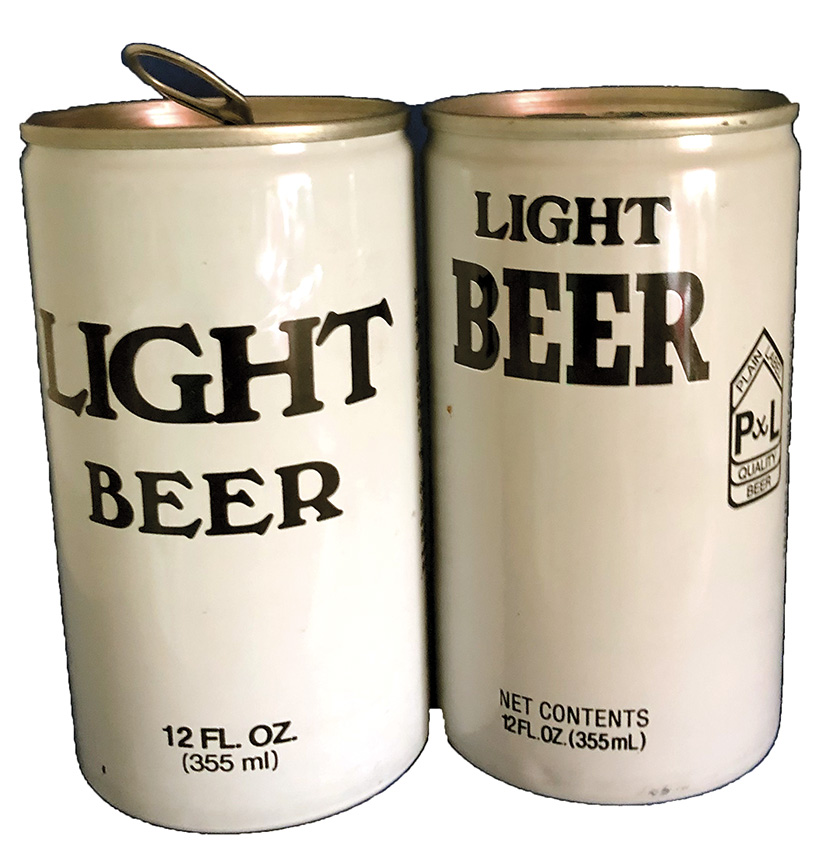
Dorri Partain
Contributor
Consumers tired of paying higher prices for name brand products embraced the introduction of generic label goods during the 1980s.
Also called “white label” goods, they were promoted as being the same quality as name brand products, minus the costs associated with printing colorful labels and advertising the dominant brands.
Many grocers offered a full aisle of generic items, from canned fruits and vegetables to macaroni, cake mix, paper goods, dairy products, and even beer.
While the labels were void of any photos or artwork, they were still required under USDA labeling guidelines to include product weight, ingredients, UPC barcode, and manufacturer.
Depending on the manufacturer, as shown here, the labels could emphasize different aspects of the product, but both list the calorie count as 96 calories per 12 ounces.
Light or “lite” beer was introduced in 1975 by the Miller Brewing Company to great success and other breweries were soon producing their own low-calorie versions
The beer on the left was brewed by Du Bois Brewery of Pittsburg, PA; now known as the Pittsburg Brewing Company, their most popular brand is Iron City Beer.
The beer on the right was brewed by Falstaff Brewing Co., the same company that brewed the Falstaff brand from 1903 to 1990; Pabst Brewing bought the brand that year and ended brewing Falstaff in 2005.
Both cans feature the ring-tab opener and ask the user to dispose of the item properly and not to litter.
While introduced as economical, many consumers began to see generic label products as too cheap looking or a joke item and the popularity waned around 1988.


















